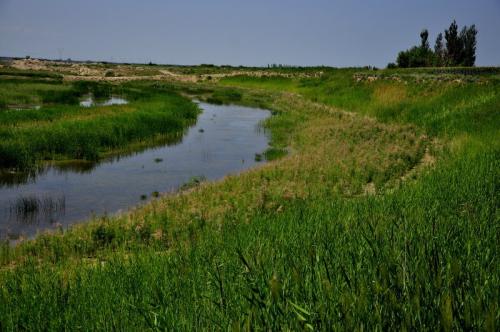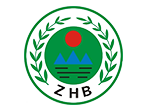Wetlands are the “kidney of the earth”, have great ecological functions and play a crucial role in the maintenance of the ecological balance of the earth. Wetlands are the “source of fresh water” and the largest “fresh water reservoirs”. The wetlands in China keep about 2.7 trillion tons of fresh water, accounting for 96% of the total available fresh water resources in the country. Relying on its powerful hydrological regulation and circulation functions, wetlands are also known as “water resources regulators” and play a significant role in resisting drought and preventing waterlogging. Wetlands are also efficient “fresh water purifiers”, which can filter, deposit, decompose and adsorb pollutants flowing into them through their complex interfaces. Plenty of experiments have shown that Class 5 water with poor quality can be purified into Class 3 or above water by wetlands. In order to protect wetlands and achieve the sustainable utilization of wetland resources are the fundamental policy to maintain the safety of water resources. Wetlands are “a bank of biological genes”, which can generate and maintain a rich biodiversity. They not only produce ecological products and effectively maintain ecological balance, but also supply materials for human beings, such as rice, aquatic products and wetland plants. Moreover, wetlands are one of the most important carbon pools in the world, which plays a vital role in alleviating global warming. There are about 77 billion tons of carbon reserves in global wetlands, which account for 35% of that of the terrestrial ecosystem. Each hectare contains up to 258 tons of organic carbon. In addition, Wetlands are also carriers of human civilization, which bear natural landscape and inherit human civilizations.
Wetlands deliver multiple attributes and functions, whereas the society has diversified demands for wetlands. Only by correctly handling the relationship between wetland conservation and utilization and scientifically combining the two can we use wetland resources in a sustainable way. We must foster awareness of scientific conservation and wise use, actively explore and popularize modes and mechanisms for the scientific conservation and utilization of wetland resources, and push wetland conservation into the track of sustainable development. Particularly, we should sum up and explore conservation and utilization modes, to protect physical resources of wetlands, make use of non-physical resources like wetland landscapes and develop ecological economy.










 Public Security Filing No.:321324402000556
Public Security Filing No.:321324402000556